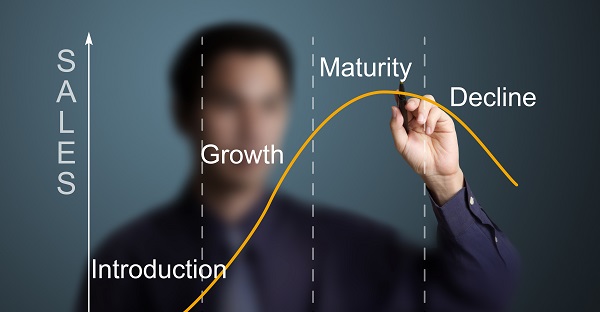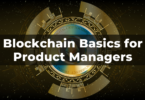We live in a world that is changing around us rapidly with each passing day. A wide range of different industries have essentially been throwing out the processes that built them over the last few years, instead favoring to build something new. As a result, the big questions that have been asked over and over again: “is the traditional product life cycle process even relevant in today’s modern era?” Does something as “old school” as this really hold any benefit of any kind to the industry as we know it today?
As with most things, the answer to this question will require you to understand a few key things about what the product life cycle process actually is, the role it was designed to serve and the effect it has on both products and the people who make them.
The “Big Three” Questions
Any professional who has been in the industry for an appreciable length of time can tell you that there are three core questions that can both be asked and answered by the product life cycle process.
- What is the new product being developed? What purpose does it intend to serve? What problem that your customers have in their lives is it being designed to solve? Is it a new product for the sake of releasing a new product, or does it truly have the ability to justify its own existence?
- What tasks need to be done during the product life cycle process? You have an end goal in mind – a vision of what the finished product looks like. What specific tasks do you have to perform (and most importantly, when do you have to perform them) in order to get from where you are now to where you ultimately want to be?
- How do you determine what stage your product is in? New products are not created overnight – they’re the result of a lot of hard work, perseverance and good, old-fashioned elbow grease. As your product continues to move through the product lifecycle process, where are you at any given point? What work had to be done to get there, and how much work still remains in order to accomplish your ultimate goal?
Never Underestimate the Importance of Tracking
There is another very important reason why the product life cycle is and will always be important: tracking. Not only does the product life cycle process matter, but each individual stage matters a great deal in terms of both development and your eventual success.
Consider what each individual stage can tell you not only about your product, but about your market, as you track events from one end of the life cycle process to another. Knowing that you’re in the “Market Development” stage tells you a number of actionable things: you’ve just brought your product to market, there has yet to be a proven demand and you still have a lot of work to do in terms of refining and getting things right. If you know that you’ve moved into the “Market Growth” stage, you learn that as demand begins to accelerate, the total size of the market you’re working with grows rapidly at the same time.
Now contrast this with the “Market Maturity” and “Market Decline” stages where demand levels off and outright begins to decline, respectively. Knowing which stage your product is in gives you actionable information regarding what you’re doing right, what you’re doing wrong and where you should go from here in terms of starting the process all over again. It isn’t just relevant – it’s invaluable.
The AIPMM Product Management Framework (PMF) uses an XY axis format to help you leverage the power of these insights to your advantage. The X-axis essentially represents the product lifecycle process, while the Y-axis represents the key parameters necessary for developing the product in general. Each X-Y coordinate contains activities, deliverables and other milestones that help a specific moment in time for a product be as powerful as it can be. It not only helps you keep track of what you’re supposed to be doing, but it also allows you to more accurately pinpoint the entire “Cradle-to-Grave” product lifecycle – letting you see how much more road you reasonably have to travel until you reach product retirement.
In The End
These are just a few of the many reasons why the product life cycle process isn’t just more relevant than ever, but it’s actually timeless. Remember that while the products themselves may change, the life cycle process has been in place for so long for a very important reason: it works. It naturally builds in a system of checks and balances and forces you to question just about every move you make along the way for the benefit of both the end result itself and for your eventual users. It not only gives you the chance to assess and reassess development at various stages, but it also creates a natural momentum that will carry you through from conception to reality.
Even though the industry is undoubtedly in the throes of transformation, the modern era stands to benefit a great deal from what the product life cycle process has to offer.








